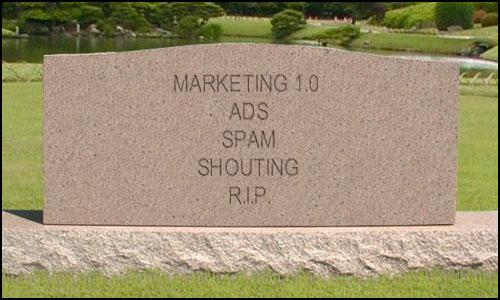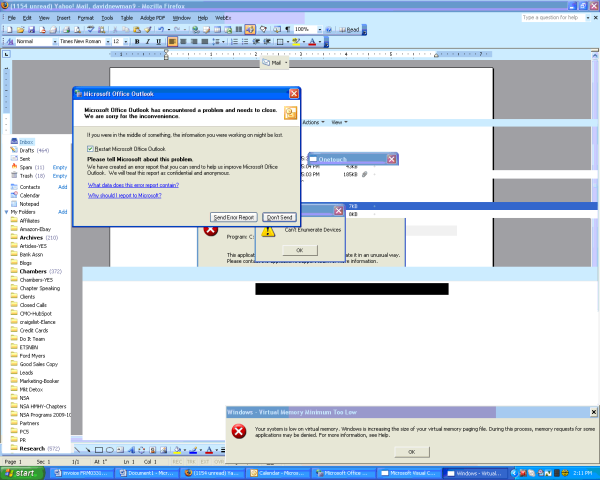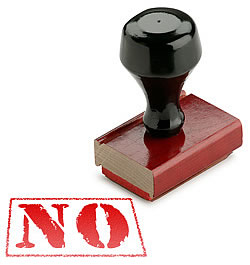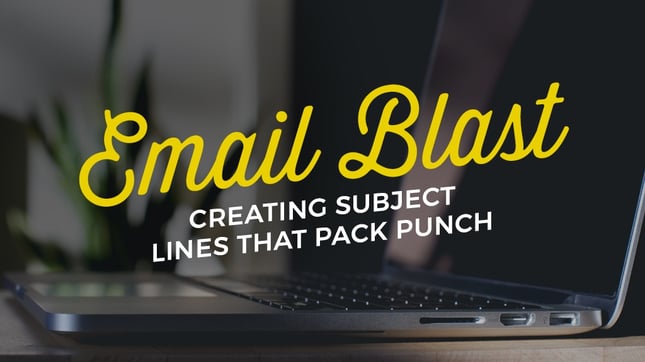
http://www.btobonline.com/apps/pbcs.dll/article?AID=/20090414/FREE/904149967
Of course internet ad dollars will grow... too bad most marketing and ad execs stubbornly refuse see the light...
Great example came across my desk last week from an "old media" (print) publisher friend of mine in response to one of my articles that "old media is dead - welcome to the age of inbound marketing."
Here it is - reprinted verbatim with a ton of free sand into which he firmly sticks his head:
===
There's a reason they call Google a search engine... users have an immediate need to find information and Google becomes the handy reference. If that need doesn't exist for any length of time, the user isn't compelled to go to that search engine (or for that matter, any other website). I'm not trying to minimize Google's value, just keeping it all in perspective. Furthermore, most users don't want spam (read advertising) to be visible... they find it an intrusion to see a message pop up when not requested. How many iPods do you think Apple would have sold strictly by posting a link/ad on Google ads? Do you think they could have approached the 1mm plus goal? Do you think their heavy TV campaign was a useless expenditure? Why not just use their own website? Do you know something the good folks at Apple don't? I can tell you my 17 year-old son certainly doesn't want me to mute the TV when their ads are running. The point is that the internet is a valuable addition to the "traditional" media mix but certainly not it's replacement.
===
This is classic "Say it isn't so" wishful thinking. This poor sap's print advertising clients are NOT Fortune 500 companies (like Apple) who can afford to do a wide range of "brand" and "image" advertising. They are much more direct response marketers where they want the phone to ring and the orders to come in when they spend dollars on marketing.
Is he even serious when he expands his Apple TV commercial argument to suggest that all kinds of people WANT to watch all kinds of TV commercials, and thus advertising 1.0 is alive and well?
That's not only stupid, it's being irresponsible with client marketing dollars. My point is: you can't fix stupid.
Some marketing execs "get it" that their world has changed dramatically... and some other marketers are happy to rearrange deck chairs on the Titanic and slowly sink under the waves as the orchestra plays on.



 Copy writing 101: compelling and results-producing copy requires two skills: You must learn how to break complex items into smaller (more digestible) parts and you must be able to convince your readers to take action.
Copy writing 101: compelling and results-producing copy requires two skills: You must learn how to break complex items into smaller (more digestible) parts and you must be able to convince your readers to take action.
 Leadership and learning are indispensable to each other.
Leadership and learning are indispensable to each other.
 Email marketing campaign tip: A slimmer email can lead to healthier results for 2009...
Email marketing campaign tip: A slimmer email can lead to healthier results for 2009...

